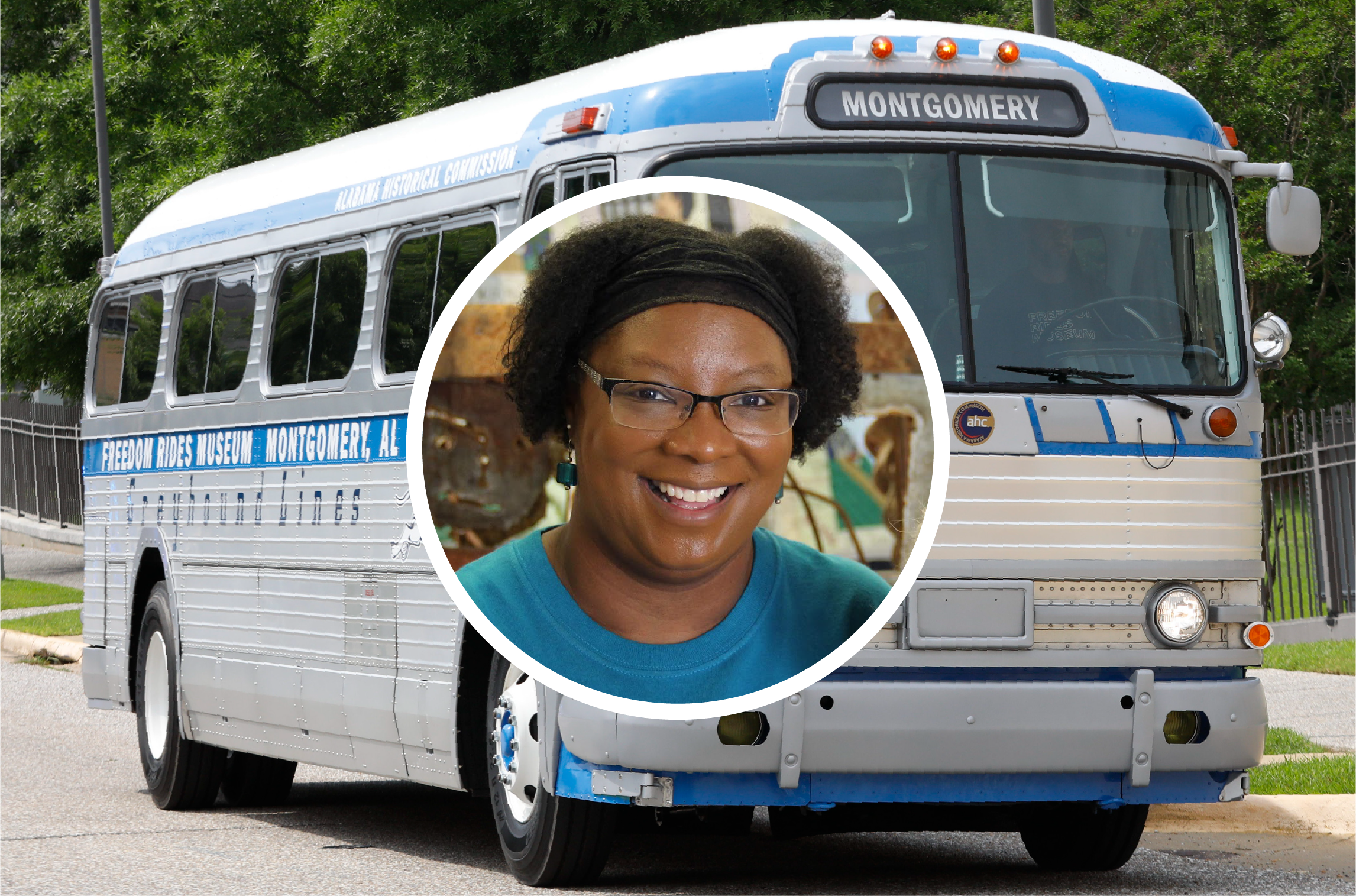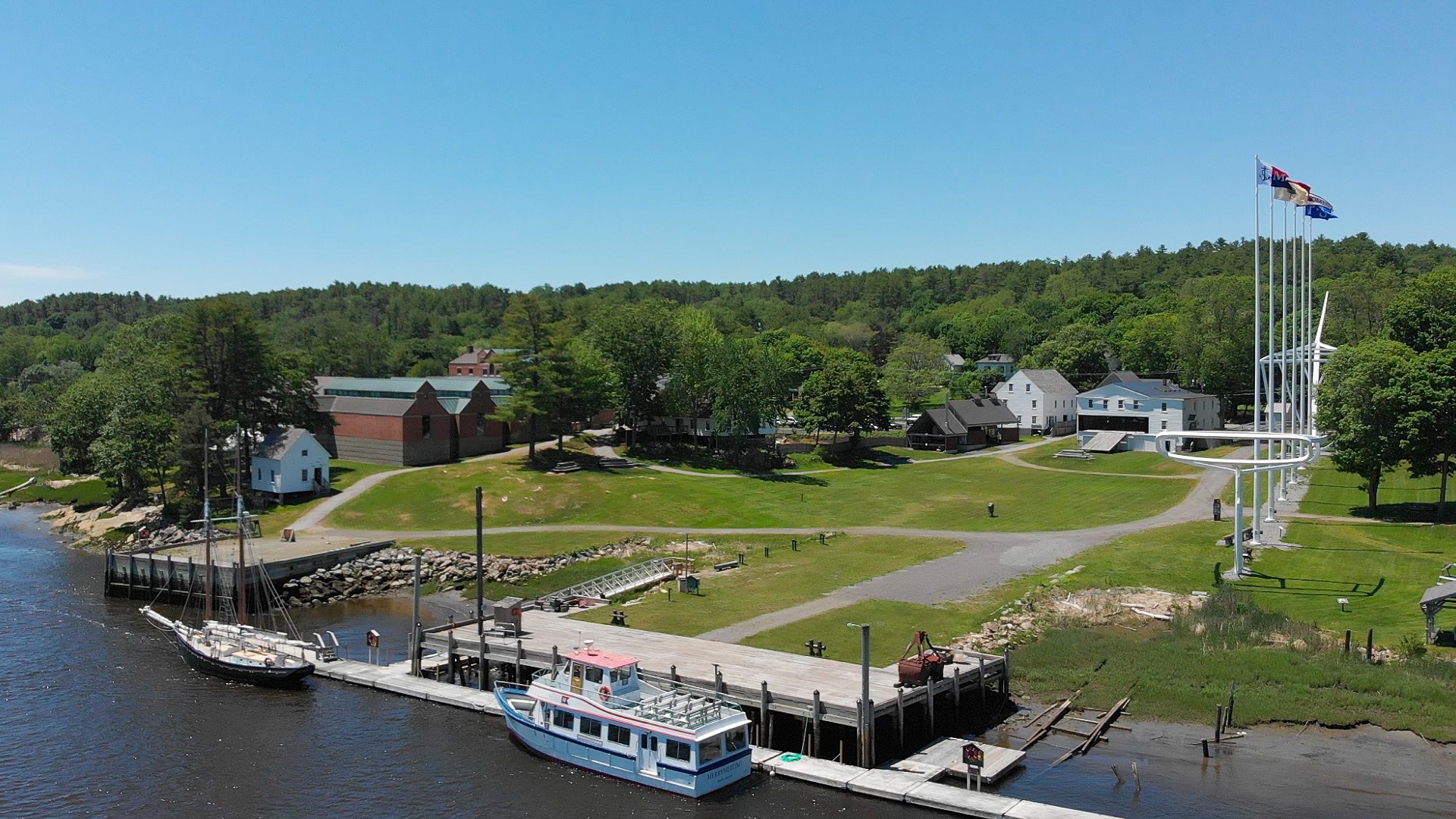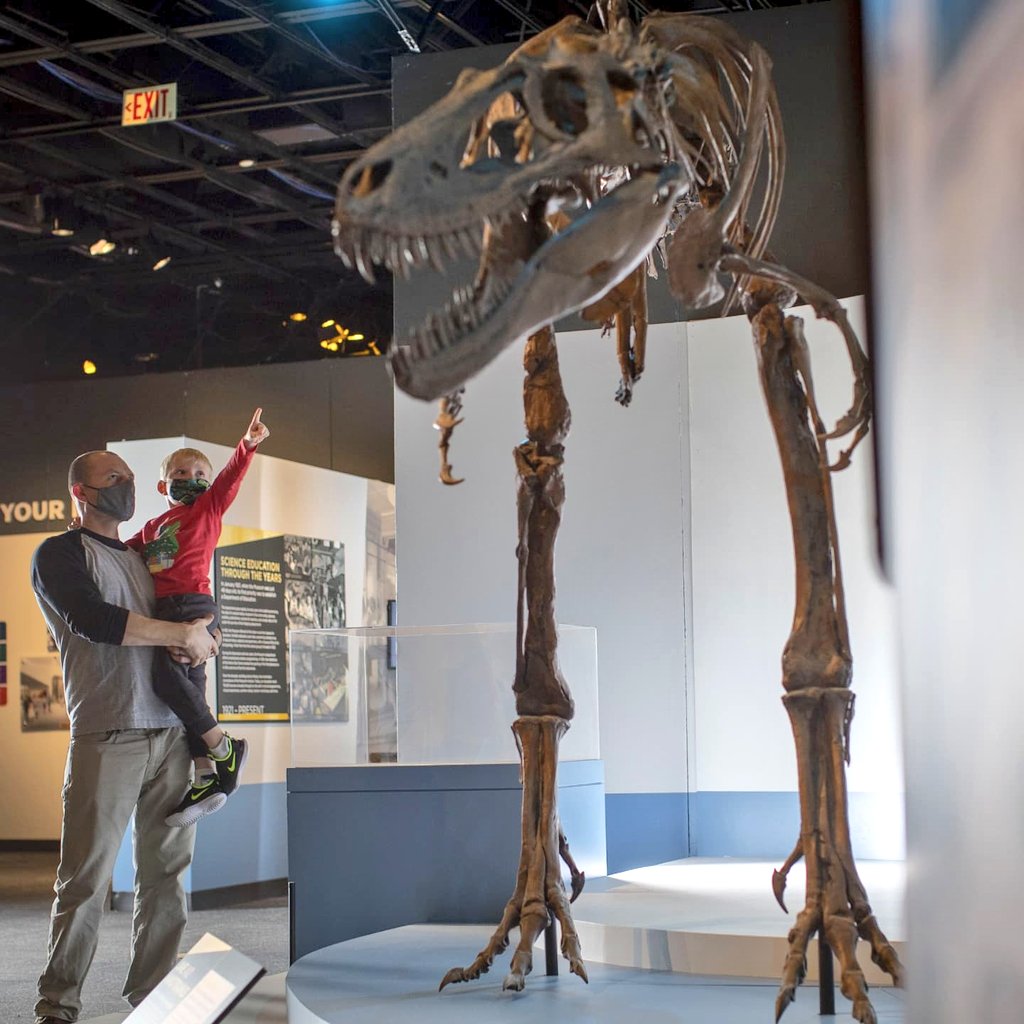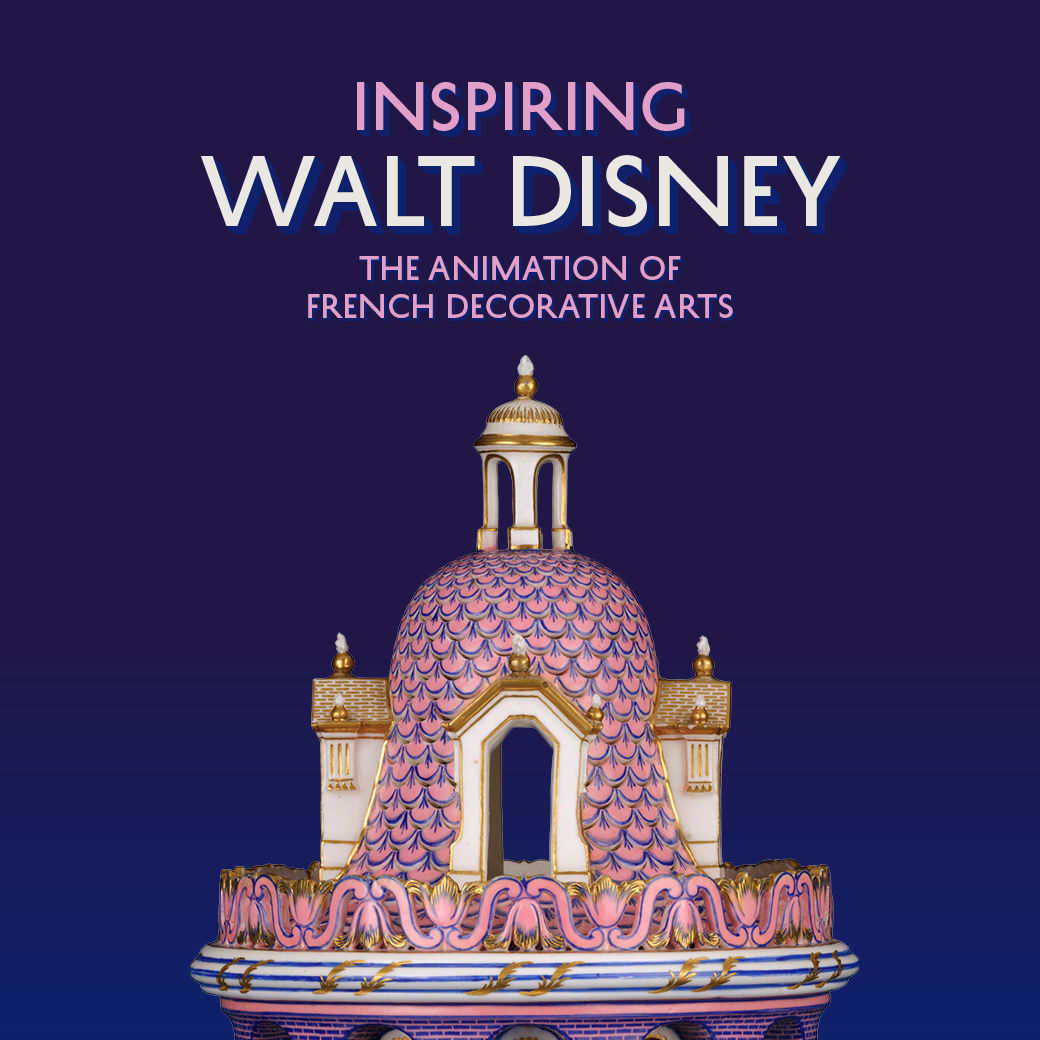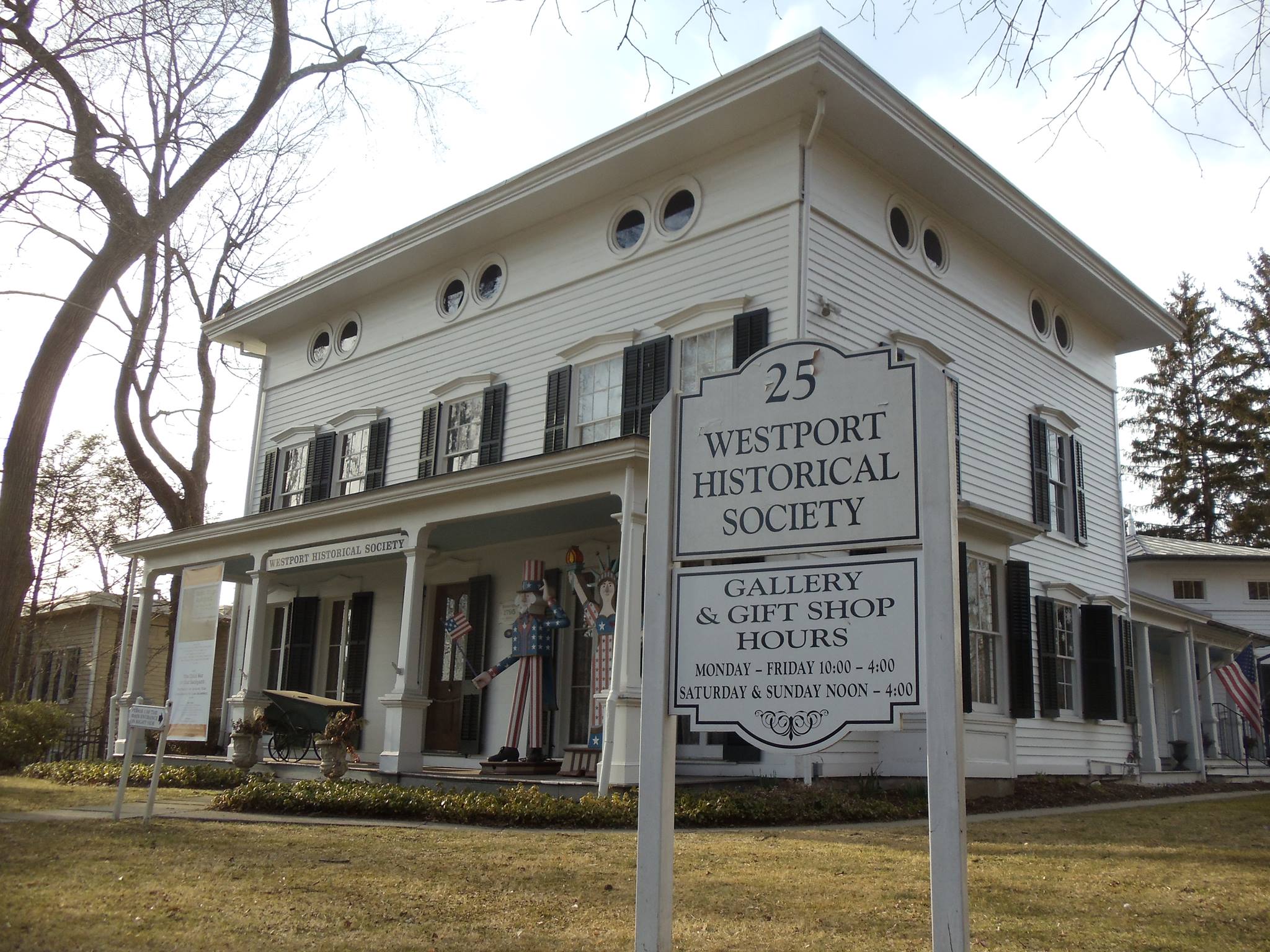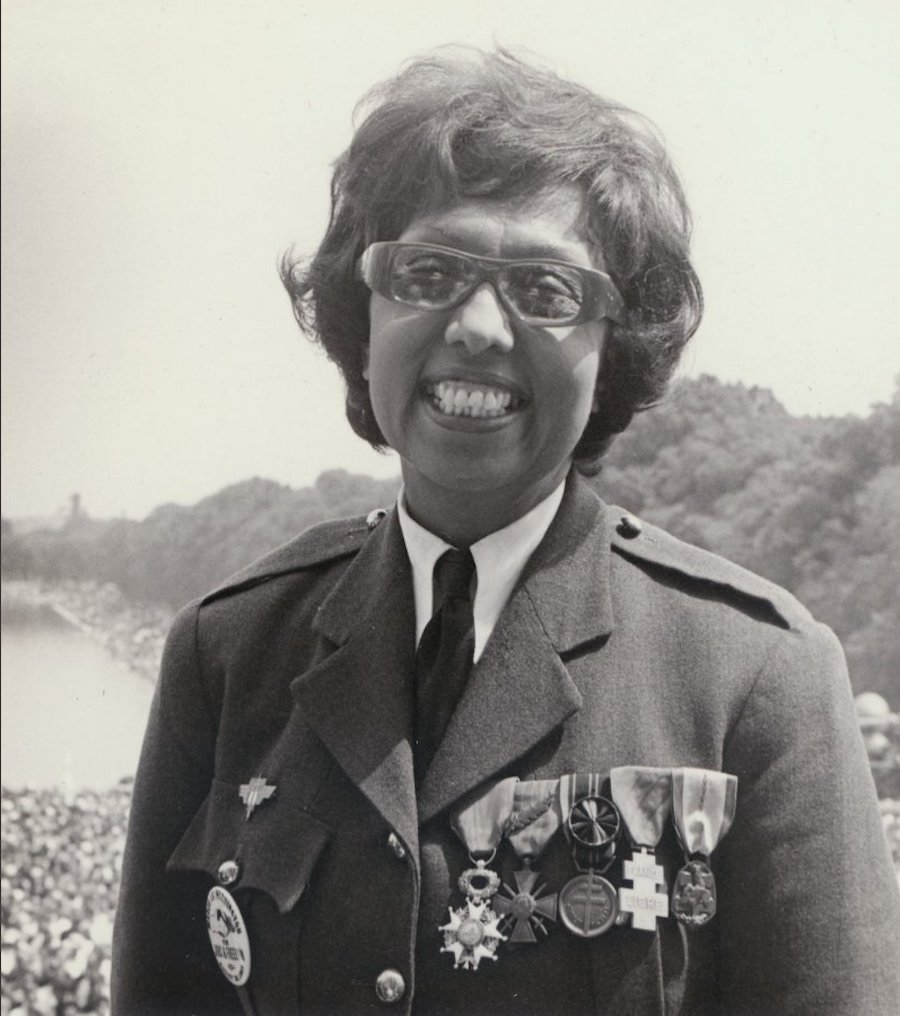The Language that We Use in Museums Matters
For many years, the language and rhetoric that museums use to refer to people has been a topic of discussion. It’s part of a larger conversation happening in our society as people have become more sensitive to the ways in which language affects people. Language evolves and grows over time. Phrases that were considered “politically correct” in one decade are sometimes seen as backwards in the next one.
But in museums, the manifestation of language occurs not only in how people speak, but also in the printed word—on signage, inside pamphlets, and on exhibit panels. As museum professionals, it’s important that we stay up to date on these shifts in rhetoric. In our interview, CEO of the International Civil Rights Center and Museum John Swaine said, “We evaluate quite a bit on a regular basis. I have an Ivy League scholar on staff here, and whenever there is an opportunity to reconsider our educational material or the dictions that we choose to use, he is always on top of it.”
One major evolution of language has been how to refer to people of different races. For many years, “African-American” was considered the correct term in the United States to refer to people with darker skin. However, more recently “Black” has come to prominence as a nearly universally accepted alternate, particularly for cases in which someone is not speaking specifically about dark-skinned people in the United States with African ancestry. It’s a more all-encompassing term that doesn’t depend on the person’s nationality or heritage and gained traction over the summer during the Black Lives Matter movement.
Similarly, the term “people of color” has gained popularity over the past few years. In an article explaining the history of the term, Efrén Pérez states, “Identifying as a ‘person of color’ means viewing oneself as an interchangeable member of a shared group, where one’s unique identity as Black, Asian, or Latino is nested under a broader POC category.” Museums can show they are listening to the communities they are talking about by adopting terms like “people of color” that people use to self-identify.
The necessity of using appropriate and up-to-date language around identity is not a new conversation. It’s one that has occurred many times and continues to this day. Take for example the way that we talk about illness and disability in museums. In our interview, Executive Director of Tryon Palace Bill McCrea noted that when the Americans with Disabilities Act was passed in 1990, many museums had a reckoning about the language they were using. He said, “Those language things have occurred through ADA, and I think we’re learning from that on how to make those changes in a much more acceptable way with more contemporary issues.”
In an American Alliance of Museums conference session titled “Advocating for Accessibility in a Time of Crisis,” Vanessa Jones, the Access Programs Specialist at the Smithsonian National Portrait Gallery, noted that they are still updating labels to contain more inclusive language about illness and disability. She gave an example of a portrait of Dorthea Dix, an important founder of hospitals for the mentally ill, which had a label that used the phrase “those afflicted with mental illness.” It has since been changed to say “those living with mental illness” to use less negative language.
The importance of language extends beyond the conversations surrounding identity. In “(Re)Frame The Case for New Language in the 21st-Century Museum” by Rose Kinley, Margaret Middleston, and Porchia Moore, they suggest using inclusive language when talking about families, particularly in children’s museums. This will prevent children of non-traditional nuclear family units from feeling excluded.
Sometimes the language that we use to refer to historical people changes as well. A major shift has happened in the museum field from referring to people as “slaves” to using the term “enslaved person.” A text panel at the Owens-Thomas House & Slave Quarters in Georgia states, “The noun slave implies that she was, at her core, a slave. The adjective enslaved reveals that though in bondage, bondage was not her core existence.”
These conversations around language can encourage museum professionals to consider other ways in which their interpretation might be open to reviewing. In our interview, Site Manager of the Vance Birthplace in North Carolina Kimberly Floyd said, “When I was working at Mordecai ten to fifteen years ago, we were having the conversation about the terms “slave” versus “enslaved.” Now we use “enslaved people”, but I was writing a panel the other day and it was talking about colonists and spreading adventures out west into the mountains in North Carolina. And I’m like, ‘Huh, it’s not really an adventure out west. They’re stealing Cherokee land.’”
Aside from the ways in which it can inspire museum professionals to continue advancing their interpretations of history, the use of updated language helps to not alienate visitors. It’s about museums ensuring there is nothing in the way of connecting with their audiences. In our interview, McCrea said, “We think that we’re communicating important ideas and if the language that you use interferes with the visitor receiving that message, you fail.” He expanded, “Better language helps you better connect your message to the visitor, rather than creating a barrier between the two of you.”
Likewise, Kinley, Middleton, and Moore state, “Museums strive to be welcoming places, but the ways museums communicate can inadvertently exclude and alienate visitors.” Using language that is seen as outdated or even offensive may stop people from connecting with the museum’s content and possibly prevent them from returning.
A text panel at the Owens-Thomas House & Slave Quarters states, “As we share this history, we strive to use words that are empathetic to those whose history has been marginalized.” For many years, museums told only the stories of mostly white, mostly male, mostly able-bodied, mostly straight people. As museums expand to tell the stories of more people, it’s important that they’re doing so in a way that is respectful to both people in the past and inclusive and welcoming to modern day people.
To facilitate conversations or impart knowledge, a museum must first connect with their audience. Using updated, inclusive language is one way to ensure that museums aren’t impeding that connection from taking place.




